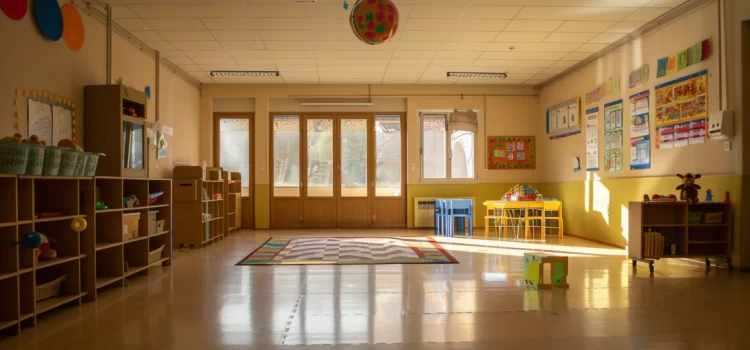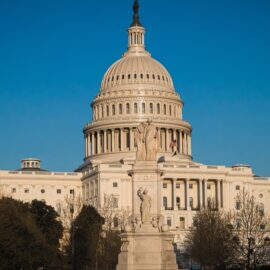
This is a free excerpt from one of Shortform’s Articles. We give you all the important information you need to know about current events and more.
Don't miss out on the whole story. Sign up for a free trial here .
How has the end of federal pandemic funding impacted the childcare industry and families? Why is the sector struggling financially? Can state efforts fix the funding gap?
The September expiration of federal pandemic support has put the US childcare sector in a state of crisis and left families struggling with soaring childcare costs. Staffing shortages, low wages, rising costs, and unpredictable income streams have forced many childcare providers to raise tuition or close.
Continue reading as we delve into the causes and effects of the childcare crisis in the US.
The Childcare Sector Is Struggling
The US childcare sector is in peril after federal pandemic funds dried up in September, forcing providers to close their doors and leaving working families in the lurch. Here’s what you need to know about the childcare crisis.
Background
During the COVID-19 pandemic, the US government injected $52 billion into the childcare industry. The infusion, which in some cases offered providers thousands of dollars monthly, enabled many to pay wages and necessary expenses to keep their doors open.
However, the sudden termination of this support in September, called the “child care cliff,” left thousands of providers in a precarious financial state.
Childcare Providers’ Dire Situation
A January survey by the National Association for the Education of Young Children highlights the severe challenges the childcare sector confronts.
- 56% of care providers reported they couldn’t fill available enrollment capacity due to staffing shortages (89%), low wages (77%) and families’ inability to pay for services (66%).
- 55% of all respondents said they knew of at least one childcare program closure in their community in the past six months; just 30% were aware of programs opening.
- 48% of providers said they’ve been forced to raise tuition to cover rising rent and insurance costs.
A combination of factors has made it difficult for childcare providers to operate since federal funding expired:
- Many report they’re unable to attract staff due to the allure of better-paying jobs in food service and retail, deepening staffing issues in the notoriously low-wage industry.
- Inflation has heightened the financial pain programs are feeling, with the cost of essentials such as food, supplies, and liability and property insurance skyrocketing.
- Shifts in how families use childcare services have led to unpredictable income streams for programs, with more parents working remotely or seeking alternative care solutions.
Families Suffer Too
Rising childcare costs and decreasing availability have created a significant burden for working families. Over two-thirds of US children live in homes where both parents work, creating a strong demand for affordable, quality child care. Yet families spend an average of 24% of their income on child care—significantly higher than the 7% recommended by the Department of Health and Human Services for affordability.
Further, most parents say they’ve seen an increase in tuition fees and longer waitlists for childcare following the end of federal pandemic funding.
Industry experts say these realities have serious consequences: High childcare costs in a child’s first five years create a challenging financial situation most parents can’t dig out of. Many are forced to dip into their savings, work additional jobs, or reduce work hours to provide care themselves.
States Respond
To offset the federal funding gap, some states have taken steps to stabilize the sector:
- California, Maine, Michigan, Minnesota, Montana, Vermont, New Hampshire, and New York are increasing subsidies and changing eligibility criteria to make childcare more affordable.
- Alaska, Connecticut, Kentucky, Massachusetts, Illinois, New Jersey, and Washington are increasing reimbursement rates and investing in compensation initiatives to address the shortage of providers and teachers.
Looking Ahead
The Biden administration has requested an additional $16 billion for one year’s worth of funding for child care from Congress. But with Republican approval required, chances of passage appear unlikely.
In the meantime, industry experts warn that another financial crunch looms for the childcare sector with the September 2024 phaseout of the Child Care and Development Block Grant, which helps low-income families with child care costs. Some offer a more hopeful outlook, saying that bipartisan support exists for increasing these funds and for offering employers tax incentives to help employees with childcare costs.

Want to fast-track your learning? With Shortform, you’ll gain insights you won't find anywhere else .
Here's what you’ll get when you sign up for Shortform :
- Complicated ideas explained in simple and concise ways
- Smart analysis that connects what you’re reading to other key concepts
- Writing with zero fluff because we know how important your time is






